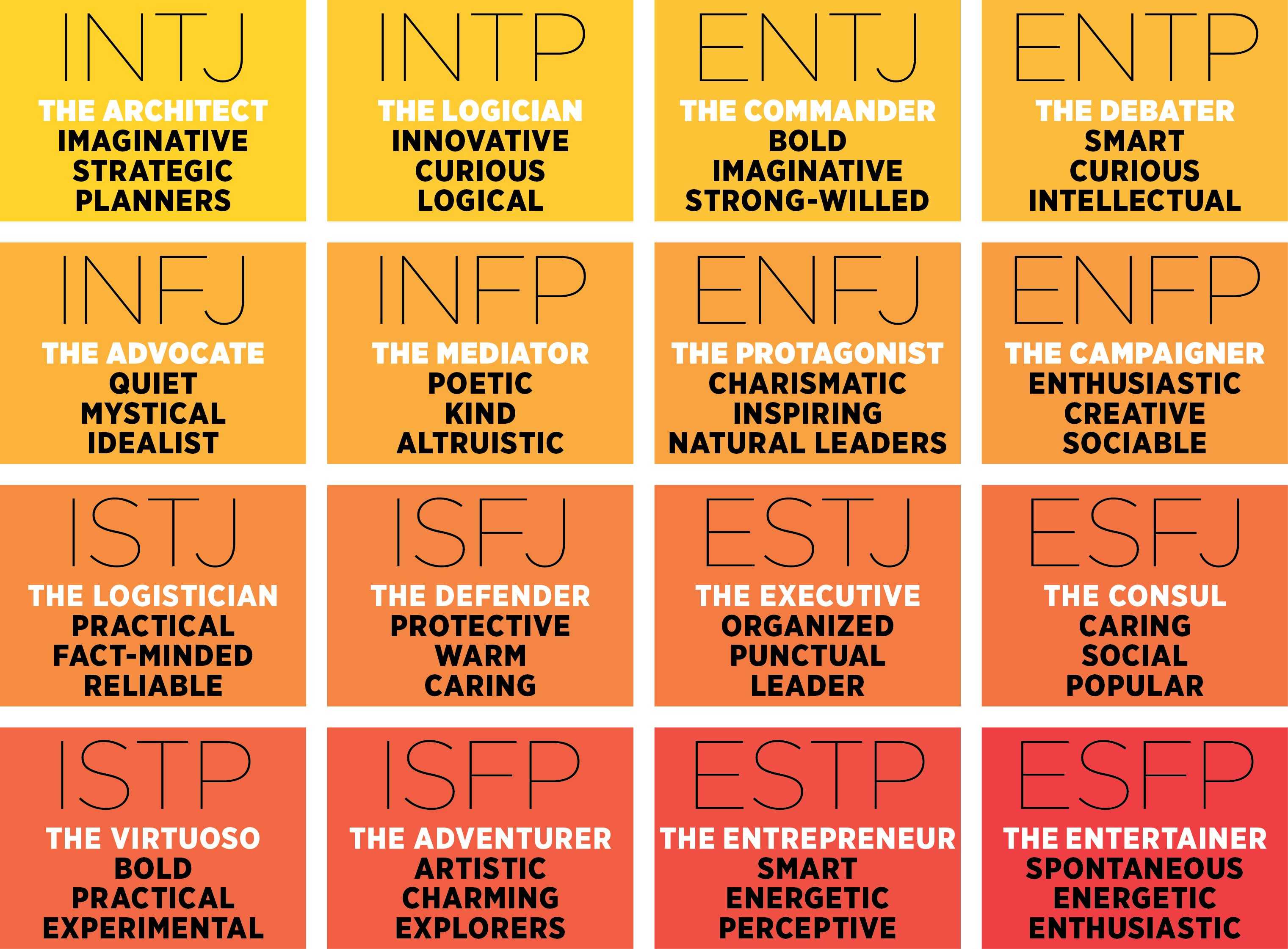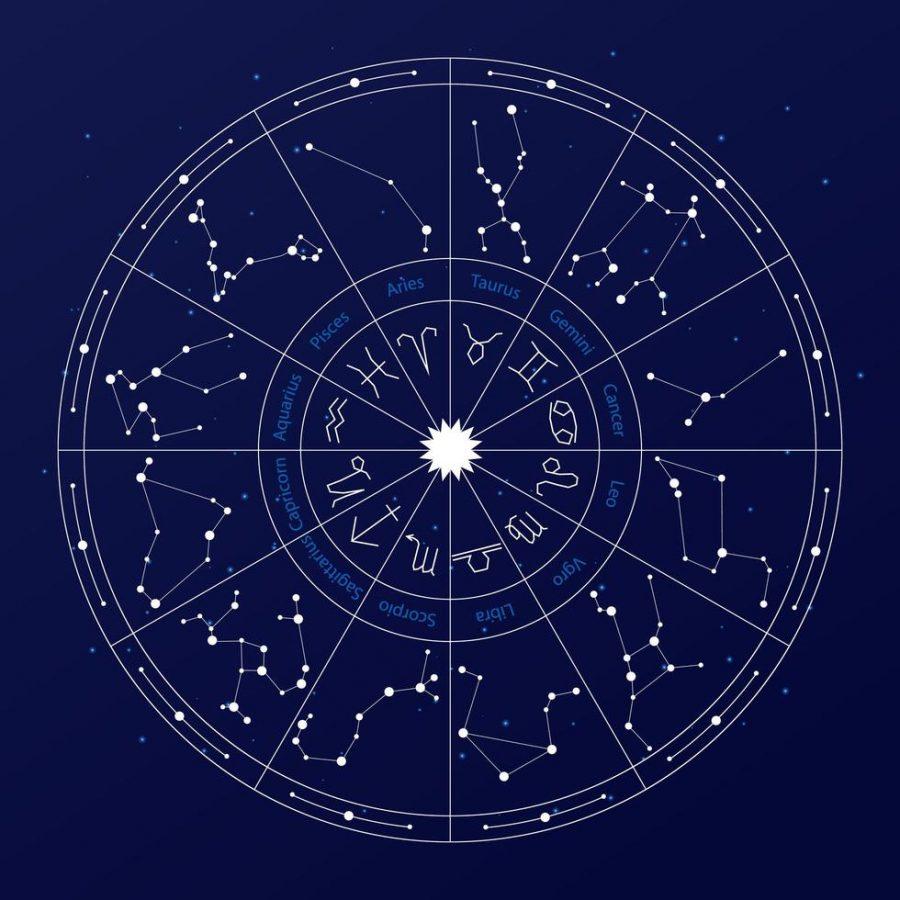An Introduction to the New Zodiac Signs
April 8, 2021
A common conversation starter is to ask the question “what is your sign?”, in reference to astrology/zodiac signs. For those who may not know, astrology (the body of thought that produces zodiac signs) is a pseudoscience that uses the alignment of stars and planets on an individual’s birthdate to interpret their personality. Many individuals do not necessarily study astrology but often know their zodiac signs, and are curious to learn and explore them. Zodiac signs are often seen as a fun way to discover new information about oneself and others, as there are 12 different signs that group together people born around the same time. Social media has made astrology easily understandable and has allowed people to have a consensus about the various signs and what it says about a person. It also could be taken more seriously as some people read up on their daily horoscopes and use them as a tool to navigate life.
However, over recent years a new way of indicating personality types began to grow in popularity. People were now exploring the Myers-Briggs and Enneagram tests which are two different measures of personality. Unlike astrology, these personality tests are based on an individual’s values, attitude, and behavior. Because of this, these personality types have been used more frequently in professional environments in addition to personal lives. More people find these tests reliable enough to use in workspaces because they use an individual’s demeanor and character to help them improve and grow as a person and employee.
The Myers-Briggs test assigns a person four traits that summarize how they perform in society. There are 16 different types that come from the combination of one of the two traits: extroverted (E) or introverted (I), observant (S) or intuitive (N), thinking (T) or feeling (F), and judging (J) or prospecting (P). My MBTI type is INFP, so my personality is leaning towards introverted, intuitive, feeling, and prospecting. Since it groups people into specific categories based on these characteristics workplaces have begun to utilize this personality indicator in team-building exercises. It is useful in figuring out which people work best together and what position best fits them. Since this is based on an individual’s evaluation of themselves, this is not an exact science. However, it can be helpful when used appropriately. This test can provide useful information about one’s peers and coworkers so that they can be considerate and accommodating towards others. But it can also help an individual take to account their personality when making decisions about their profession, relationships, or life in general. If the individual takes the test in all honesty and in hopes of using it as a tool to understand oneself it can be used thoughtfully. However, the problem arises when people use these personality types as a way to isolate individuals or degrade them for having specific traits. No one is completely introverted or extroverted, observant or intuitive; there is a spectrum of traits, and these personality tests are not definite representations of an individual’s character. It’s not reasonable to rely solely on these types to define an individual but rather take into account how your characteristics play a part in your career and interactions with others.

The Enneagram test focuses more on the individual and how they can work through both their strengths and weaknesses. With this typing system, there are 9 different personality types numbered one through nine, along with having a dominant type there is a wing to each one that showcases your secondary personality. There is the reformer (1), the helper (2), the achiever (3), the individualist (4), the investigator (5), the loyalist (6), the enthusiast (7), the challenger (8), and the peacemaker (9). My enneagram type is “4w3” meaning I am characterized as the individualist and the achiever. This personality typing has grown popular specifically in the Christian community as individuals are divided into types based on passions and motives. It encourages people to practice inner reflection and work on bettering themselves, in line with much of the practices of Chistian theology. The enneagram can also be utilized in professional situations and in analyzing relationships. Different from the Meyers-Briggs test, instead of pointing out individual traits, each type is centered around various virtues — bringing to light the positive and negative parts of an individual. I have found the enneagram system to be more applicable to my life because of my interest in self-improvement. But practically any personality test can be used to assist you in the various areas of your life.
Similar to astrology, these personality tests can just be used for fun too. There are many accounts all over social media creating posts about what movies are the best for each enneagram type or what fictional characters have the same MBTI type as you. It is entertaining to explore all the characteristics of your personality as well as the personalities of others. The enneagram has grown so popular over the years that there are even podcasts that discuss how you can utilize the typing system in your everyday life. Like any new idea, these personality tests can be helpful if people take them with a grain of salt, and understand that they should not look down on others based on their type.





